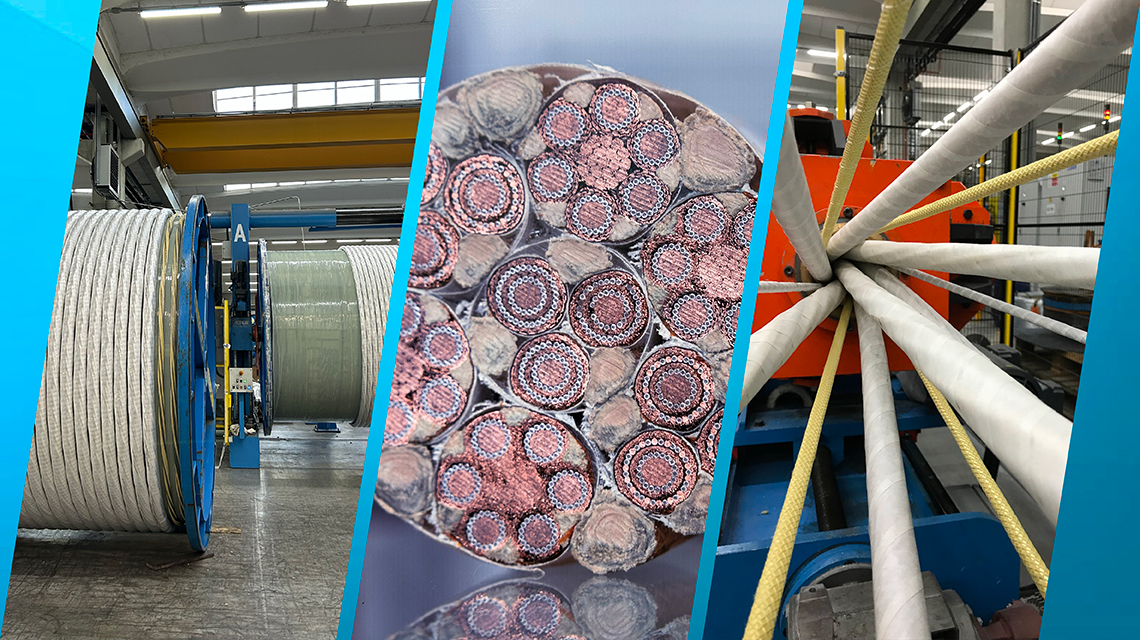Italian National Agency for New Technologies, Energy and Sustainable Economic Development

Nuclear: Complex superconducting power links for Large Hadron Collider upgrade
Ten innovative superconductive (SC) power lines produced by ICAS - an ENEA spin-off leader in the field of superconductivity composed also by the industrial partners Tratos Cavi and Criotec Impianti - have been delivered to CERN to be installed in the world’s most important particle accelerator, the Large Hadron Collider - LHC. These SC cables have been manufactured for High Luminosity project and 2 of them have been already tested at CERN at the operative conditions, ready to be installed.
The ENEA superconductivity LAB, deeply involved in the R&D for advanced superconducting cables and magnets, gave a significant contribution to the final design of the SC links and to the supervision of their manufacturing at Tratos Cavi, which made available infrastructures and resources and its expertise in the realization of innovative technological products.
These power lines are based on magnesium diboride (MgB2) superconducting strand technology, are 100 m long each and will be used to connect the Hi-Lumi accelerator superconductive magnets to their power supplies. The role of Hi-Lumi will be to increase the present LHC luminosity from 5 to 7.5 times, to progress the scientific research in high energy physics.
“These complex systems are the results of research, development and engineering devoted to prove the potentialities MgB2 for an efficient power transportation” commented Alessandro Dodaro, director of ENEA Nuclear Department. “The activities have been carried out in collaboration with CERN but represent also the results of a very effective match between industry and research, where the production needs have been combined with the rigorous quality and control standards required by large international scientific projects, such as those in the field of accelerators and nuclear fusion”.
Housed in a flexible cryostat and cooled by a helium gas forced flow, the MgB2 links will be able to carry currents between 2000 and 18000 Amperes, operating independently several sub-unities within a single bundle, for a total of approximately 100 000 Amperes.
